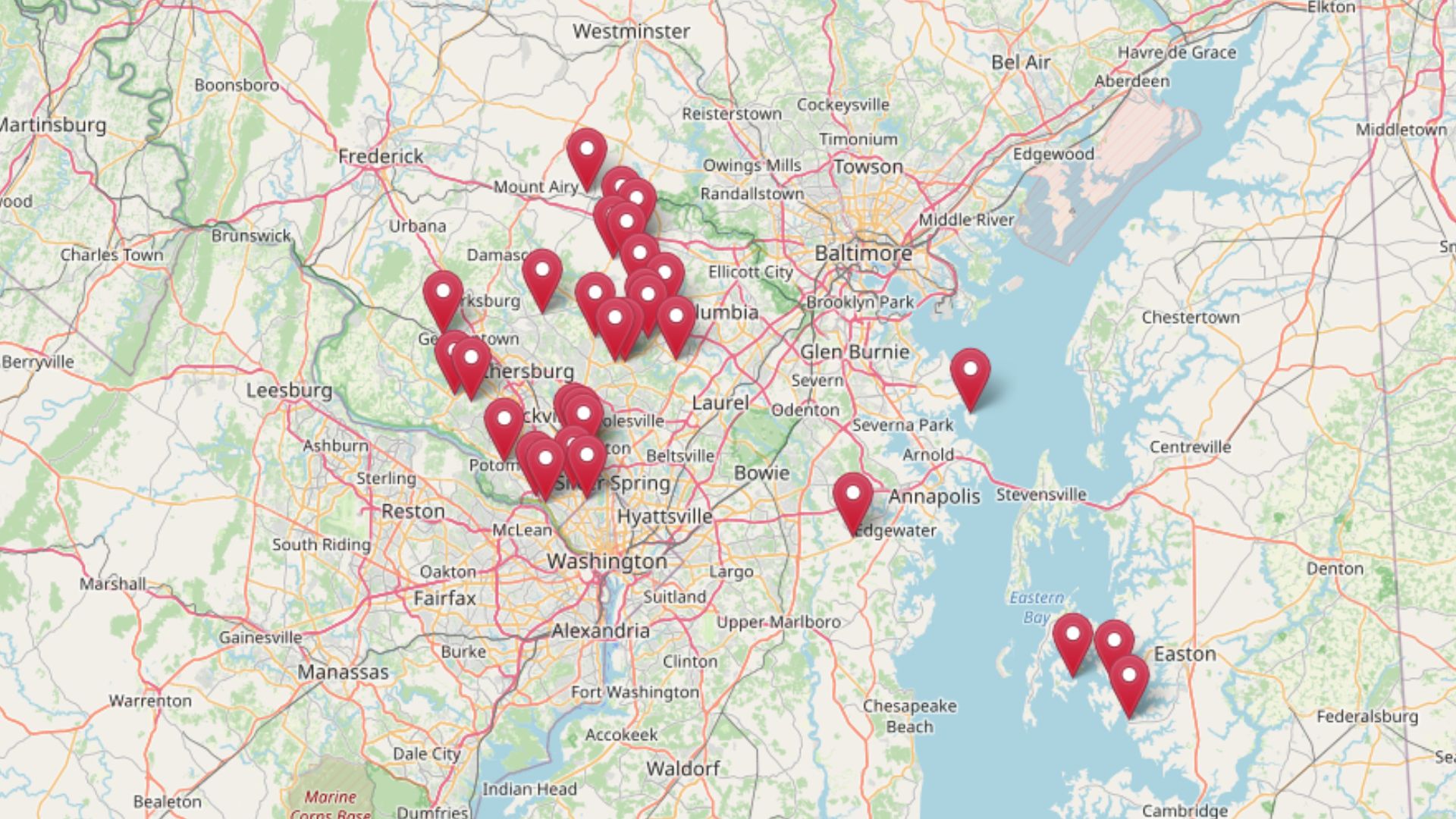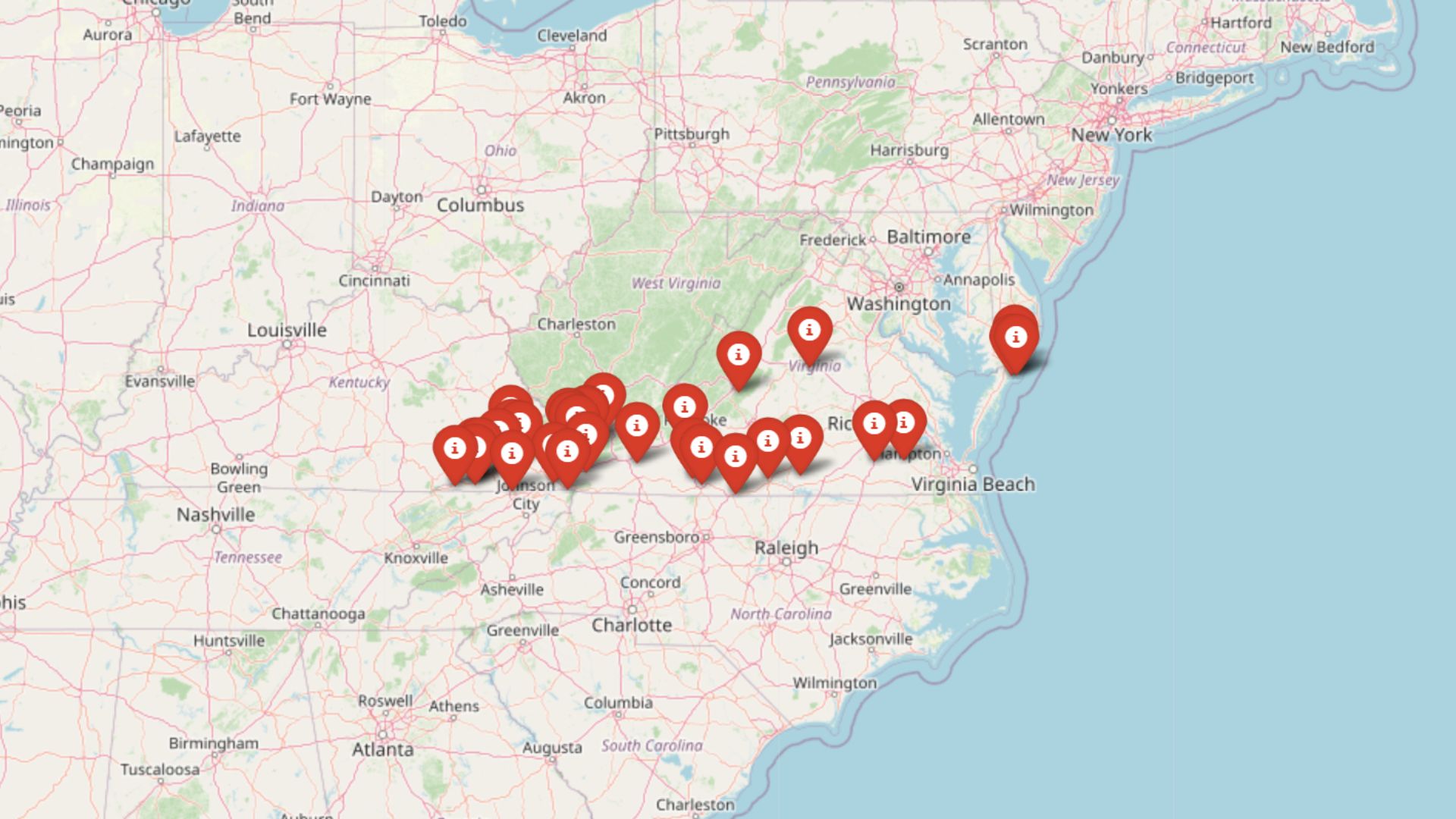
When it comes to real estate, buyers don’t just shop for a house — they shop for the schools tied to it. A neighborhood may have beautiful homes and tree-lined streets, but if the local school district is struggling, property values can plummet almost overnight. From budget crises and teacher shortages to accreditation losses and safety scandals, issues in the classroom ripple quickly into the housing market.
The following school district problems aren’t just academic concerns — experts agree they can quietly devastate your home’s value, making them crucial red flags for every homeowner and buyer to understand.
27. Funding-Formula Shocks

School districts rely heavily on complex state and federal funding formulas, and when those formulas shift, the impact can be dramatic. If a district suddenly loses Title I funds or sees state aid slashed due to changing demographics, programs disappear almost overnight. Families quickly pick up on shrinking resources, which makes the district less attractive to new buyers. Home values follow the trend, dropping as the perception of quality and stability declines.
26. Prolonged Learning Disruptions

Strikes, teacher walkouts, or disaster closures may seem temporary, but they can leave lasting scars on a district’s reputation. Parents want consistency, and when schools repeatedly shut down, families begin seeking alternatives. This pattern causes out-migration, especially among younger families with children, which weakens the local housing market. Buyers don’t want to gamble on unpredictable education, and property values take the hit.
25. Loss of Magnet, STEM, or Arts Academies

Specialized programs like STEM, magnet, or arts academies are often crown jewels that attract families willing to pay top dollar for homes. When these programs get cut, the district loses a unique edge in a competitive real estate market. Parents view the move as a sign of decline, fearing the district no longer invests in innovation or student opportunity. The result is decreased demand for homes, because the neighborhood no longer offers something exceptional.
24. Inadequate Early-Childhood Access
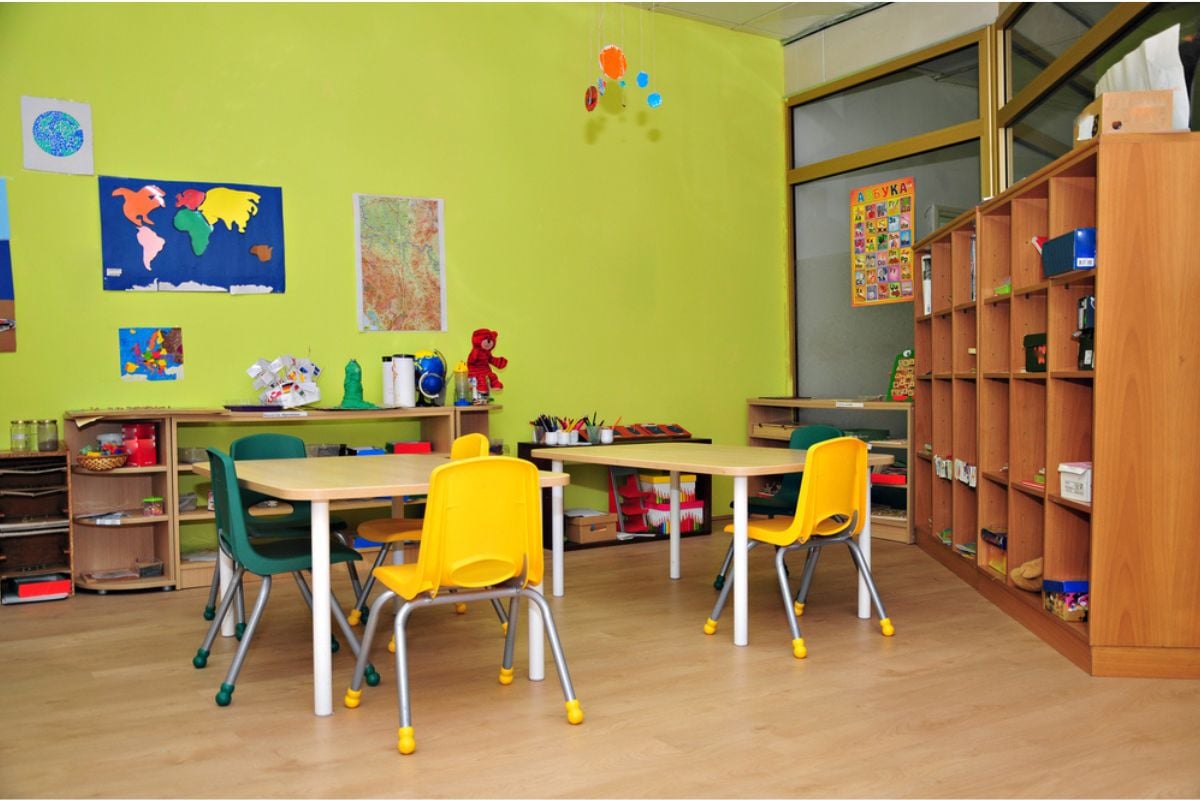
Parents with young children often evaluate districts based on pre-K or early childhood offerings, since these are critical years for development. If a district eliminates or drastically reduces such access, it sends the message that families won’t find support from the start. This discourages buyers with toddlers or growing families, which shrinks the pool of potential homebuyers. Over time, that lack of demand directly depresses property values in the area.
23. Security Gaps and Lax Campus Access

Few things rattle parents faster than learning that a school has weak security measures or open-door policies. Stories of strangers walking onto campuses or outdated security systems make national headlines and stick in people’s minds. Even if incidents are rare, the perception of risk lingers and becomes a deal-breaker for many buyers. When safety concerns dominate, families turn elsewhere, and neighborhood home values fall right behind them.
22. Data Scandals

Cheating scandals, manipulated grades, or inflated attendance numbers erode trust in the school system. Once families feel like the district plays fast and loose with student performance data, confidence crumbles. Buyers want transparency and integrity, and a district tarnished by dishonesty appears unstable and unreliable. As a result, homes in the area become harder to sell at premium prices because the credibility of the district is gone.
21. Governance Turmoil

School boards can make or break a district’s reputation, and constant infighting or superintendent turnover is a major red flag. When leadership looks chaotic, families worry that long-term planning and student success aren’t priorities. This perception often spreads quickly through local news and social media, magnifying the drama. Buyers typically avoid moving into districts plagued by dysfunction, leaving sellers stuck with reduced property values.
20. Boundary Rezoning Controversies

Changing school boundaries is almost always contentious, especially when popular schools are involved. Parents who bought homes specifically for certain schools feel blindsided, and neighborhood resentment often spills into lawsuits or public protests. Prospective buyers hesitate to purchase when district maps appear unstable or unpredictable. With this uncertainty, home values dip because people prefer areas with consistent, guaranteed access to specific schools.
19. Enrollment Drain
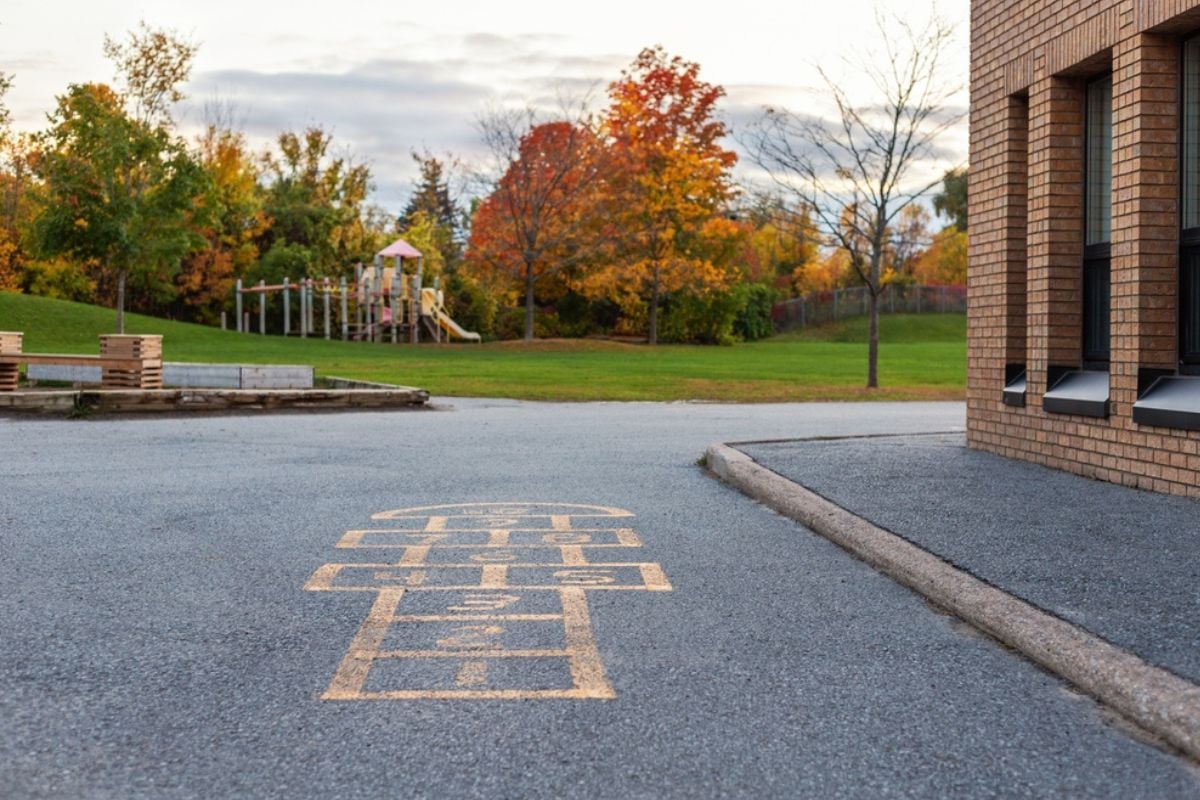
When families steadily leave for private schools, charters, or other districts, it’s a clear signal that something is wrong. Declining enrollment often leads to fewer resources, fewer programs, and eventual school closures. As families move out, neighborhoods lose their vitality and desirability for new buyers. A shrinking student population correlates strongly with shrinking home demand, and housing values drop accordingly.
18. Overcrowding

On the flip side, some districts fail to manage rapid enrollment growth, leading to overcrowded classrooms and stretched resources. Parents worry that their kids won’t receive enough attention or opportunities when facilities are maxed out. Portable classrooms, long waitlists, and packed cafeterias are major turnoffs for potential homebuyers. Over time, the stress of overcrowding lowers district appeal and home prices follow suit.
17. Environmental Hazards in Buildings
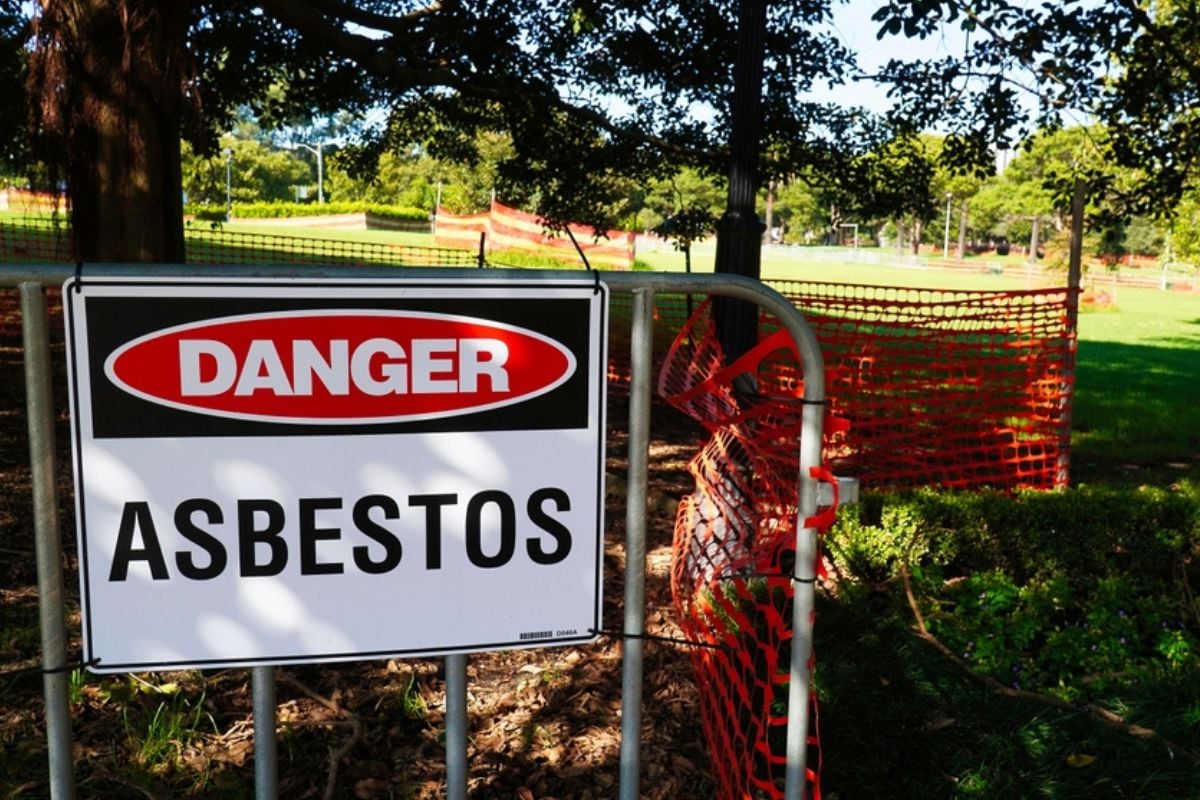
Parents don’t want their kids learning in schools with mold, asbestos, or lead in the water. Even rumors of environmental hazards can quickly sour a district’s reputation and drive families away. Remediation costs often lead to budget shortfalls, further reducing educational quality. Buyers see the double whammy of safety risks and higher taxes, pushing home values down sharply.
16. Facilities in Visible Disrepair
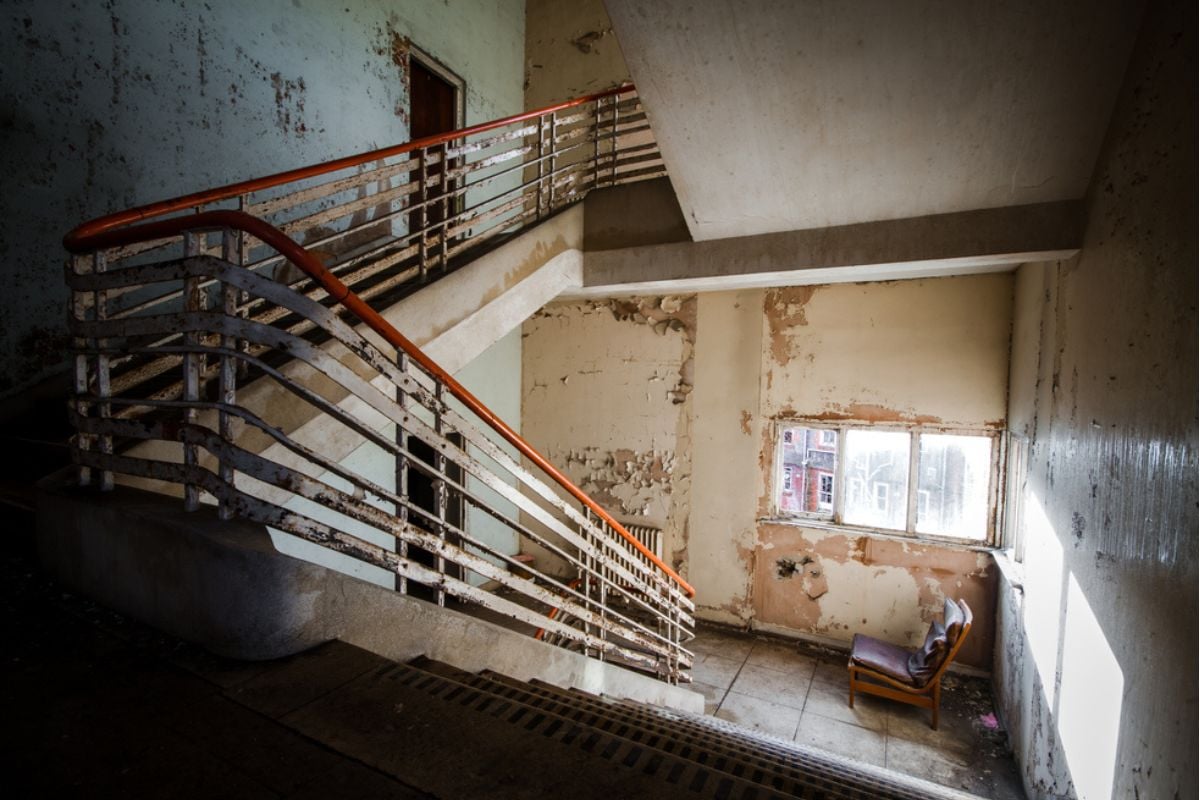
Schools are a public reflection of a community, and crumbling buildings tell buyers that a neighborhood is neglected. Peeling paint, broken playgrounds, and outdated labs make families think twice about enrolling their children. These physical signs of decay quickly become symbols of deeper financial and leadership troubles. The result is diminished property values, as buyers choose areas where the schools look well-maintained and modern.
15. Transportation Breakdowns

Bus driver shortages, long routes, and frequent missed pickups make everyday life chaotic for families. Parents forced to juggle work schedules around unreliable school transportation quickly grow frustrated. Word spreads fast when a district can’t manage something as basic as getting kids to class safely and on time. For homebuyers, transportation chaos signals deeper systemic issues, making them less willing to pay top dollar in that community.
14. Special Education Non-Compliance

Districts that fail to meet special education requirements not only harm students but also face costly lawsuits. Parents pay close attention to how well schools accommodate children with diverse needs, and bad press lingers. A district with a reputation for neglecting its most vulnerable students is often viewed as hostile or under-resourced. Buyers hesitate to move into such areas, lowering home demand and property values.
13. Cuts to Career & Technical Education

Career and technical programs prepare students for trades and high-demand jobs, and their loss weakens a district’s value proposition. Families increasingly want options beyond the traditional college path, and eliminating CTE programs narrows opportunities. This move signals short-sightedness and makes the district less competitive compared to neighbors that offer robust pathways. Buyers see fewer chances for long-term success, leading to reduced interest in homes.
12. Cuts to Arts, Athletics, and Extracurriculars

When budgets tighten, the first to go are often arts, sports, and clubs — but these are the programs that enrich student life. Parents know extracurriculars keep kids engaged and well-rounded, so their absence is a serious drawback. A district without these opportunities looks bleak, offering little beyond the bare minimum. Families value vibrancy, and without it, property values inevitably sink.
11. Elimination of Advanced Programs

Gifted education, honors tracks, and AP/IB classes draw ambitious families who want their children to excel. Cutting these programs suggests that the district can’t support high achievers, which drives out motivated families. This reduces demand for homes, particularly from buyers with older children preparing for college. Over time, the absence of advanced options shrinks the district’s competitive edge, dragging down home prices.
10. School Closures and Consolidations
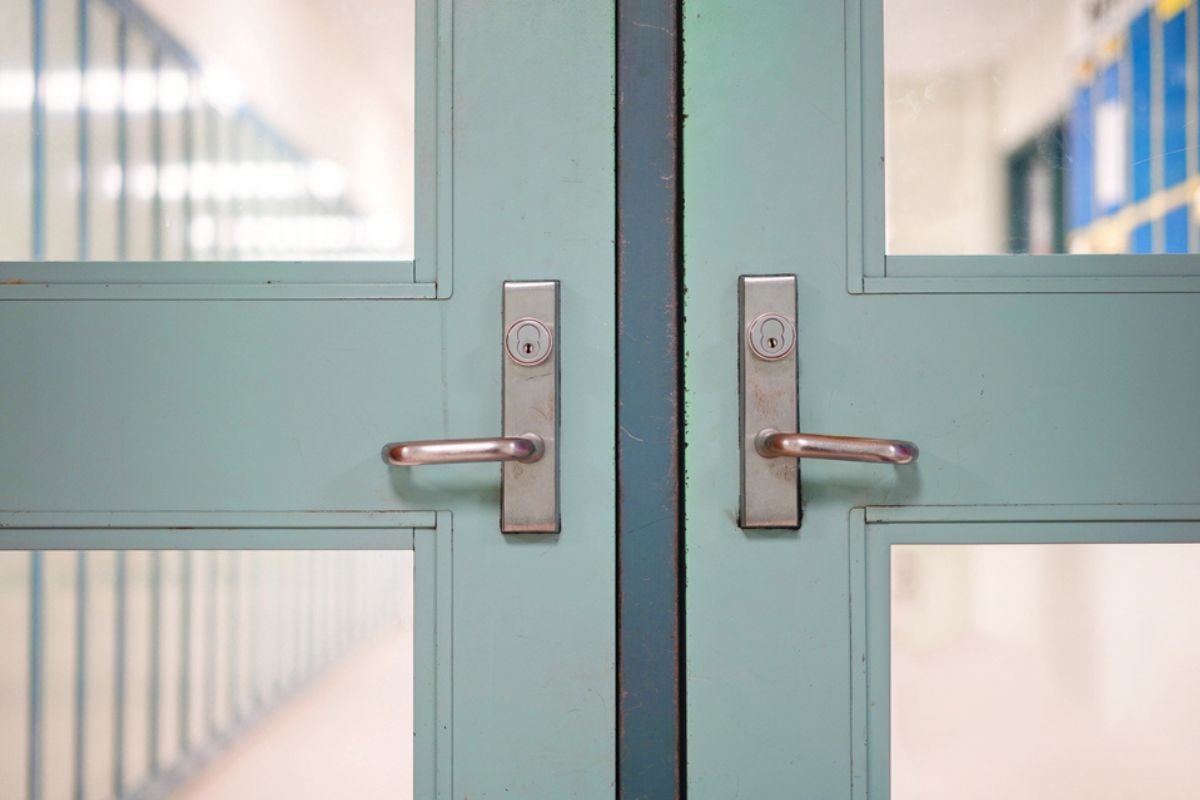
Closing schools, whether from budget constraints or declining enrollment, destabilizes entire communities. Parents resent losing neighborhood schools, and the closures reduce convenience and community pride. Consolidation often means longer commutes and overcrowded facilities, which compounds dissatisfaction. These ripple effects create lower demand for housing in affected neighborhoods, bringing property values down.
9. Failed Bond or Levy Votes

When voters consistently reject funding measures, it signals to buyers that the community isn’t willing to invest in its schools. Without this revenue, districts struggle to modernize facilities, hire staff, or expand programs. This underfunding becomes obvious as schools grow outdated or cut corners. Buyers interpret it as a long-term decline, and fewer families want to buy into that future.
8. Budget Crises

Districts with ongoing budget deficits constantly scramble to make ends meet, often at the expense of student programs. This instability creates a cloud of uncertainty for parents and potential buyers. Budget troubles lead to cuts in staffing, extracurriculars, and even essential resources, all of which diminish educational quality. Homebuyers want stability, not financial chaos, so property values in these districts decline.
7. Lack of Holistic Education Options

Parents today don’t just want schools that deliver out good test scores; they want an education that nurtures creativity, critical thinking, emotional intelligence, and problem-solving skills. When a district focuses narrowly on standardized testing, it signals a lack of balance in preparing students for real-world success.
Families increasingly seek out districts with robust programs in experiential learning. Without that holistic approach, the district loses its appeal, and homebuyers turn toward communities that offer a more well-rounded education.
6. Teacher Shortages and Turnover

High teacher turnover and unfilled positions disrupt learning and create instability for students. Parents recognize that constant staffing changes make it harder to build strong educational relationships. Over time, these shortages contribute to declining test scores and program cuts. Buyers prefer districts where teachers stick around, so property values in unstable areas take a hit.
5. Escalating Safety Incidents

Violence, bullying, and weapons incidents spread quickly through local news and social media, leaving lasting damage to a district’s image. Even a handful of high-profile events can overshadow years of progress. Parents won’t risk their children’s well-being, so they often move away or avoid the area altogether. Home values inevitably fall because neighborhoods tied to unsafe schools lose their appeal overnight.
4. Chronic Absenteeism

When large numbers of students repeatedly miss school, it indicates deeper problems with engagement, safety, or family support. Chronic absenteeism correlates strongly with poor academic outcomes, and buyers pay attention to those statistics. Districts that can’t keep kids in classrooms appear dysfunctional, which erodes confidence in long-term success. As that perception spreads, fewer families want to buy homes in the area, lowering values.
3. Falling Graduation and College-Readiness Rates

Graduation rates are one of the first statistics buyers check when researching districts. A steady decline suggests systemic problems that aren’t being addressed. College readiness scores tell an even clearer story about whether students are prepared for the future. When these numbers slide, property values do too, because buyers see it as a sign of limited opportunity.
2. Drops in Standardized Test Scores

Standardized test scores may not tell the whole story, but they are an easy benchmark for comparing districts. Sustained drops across multiple years raise alarms for parents who want assurance of quality education. Poor performance lowers a district’s reputation, driving families to competing areas with better results. As demand shifts away, housing prices inevitably decline alongside the scores.
1. Loss of Accreditation

Few things devastate property values faster than a district losing accreditation or being taken over by the state. Accreditation is the gold stamp of legitimacy, and without it, diplomas may carry less weight and college admissions become harder. Parents see this as an emergency, often fleeing neighborhoods tied to the failing district. The immediate and dramatic drop in demand pulls home values down in a way few other factors can.



